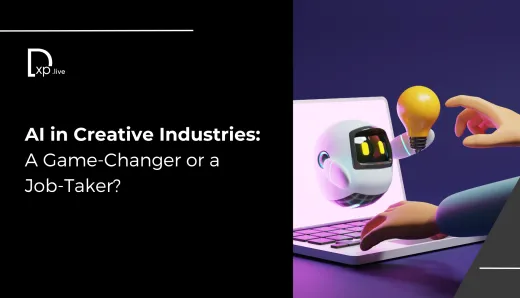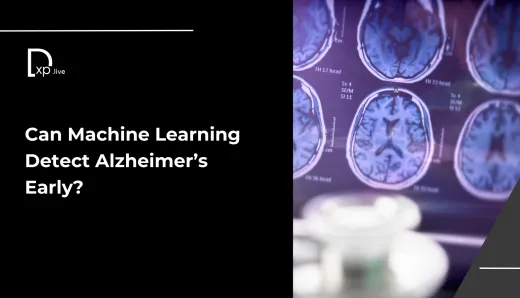Harnessing the Power of Generative and Predictive AI for Enhanced Cybersecurity Outcomes

As we navigate the complexities of the digital landscape, the integration of generative and predictive AI into our cybersecurity strategies emerges not just as a trend, but as a necessity. In this opinion blog, we would want to explore how these advanced technologies can reshape our approach to safeguarding our organizations and creating meaningful cybersecurity outcomes, particularly when fueled by the right data.
In an age where threats evolve at an unprecedented pace, traditional defenses are proving inadequate. Static rules and reactive measures can no longer keep pace with sophisticated cyber adversaries. This is where generative AI steps in, providing us with the capability to simulate and anticipate attacks before they occur. By leveraging vast datasets that include historical attack patterns, behavioral analytics, and threat intelligence, generative AI can create realistic models of potential threats. This proactive approach allows us not only to understand the landscape of vulnerabilities but also to anticipate the next move of malicious actors.
However, it’s crucial to recognize that the effectiveness of generative AI is directly proportional to the quality of the data it processes. We must be meticulous in curating our datasets—ensuring they are not only comprehensive but also representative of the myriad environments in which we operate. Clean, relevant data empowers AI systems to produce insights that are not just accurate but actionable. It is imperative that we foster a culture of data governance, where data is treated as a strategic asset rather than just a byproduct of our operations.
On the other hand, predictive AI complements this by allowing us to foresee potential security incidents based on emerging patterns and anomalies. By harnessing machine learning algorithms, predictive AI can sift through vast amounts of data in real-time, identifying deviations from normal behavior that might signify an impending breach. This capability to spot trends and make informed predictions transforms our cybersecurity posture from reactive to proactive, enabling us to take preemptive action before threats materialize.
Yet, while the allure of these technologies is undeniable, we must also remain vigilant about the ethical implications of their deployment. The same algorithms that enhance our defenses can be misused if they fall into the wrong hands. Therefore, as leaders in cybersecurity, we have a responsibility to advocate for ethical AI practices, ensuring transparency and accountability in our AI applications.
Moreover, collaboration is essential. Sharing insights and data with peers across the industry can amplify our efforts. By contributing to a collective intelligence network, we can create a more robust defense against cyber threats. The challenge of cybersecurity is not one that can be faced in isolation; it is a shared responsibility that necessitates collaboration across sectors, organizations, and borders.
In conclusion, the intersection of generative and predictive AI with our cybersecurity strategies holds immense promise. By leveraging the right data, we can not only enhance our defenses but also foster a proactive culture that anticipates threats rather than merely responding to them. As we stand on the brink of a new era in cybersecurity, let us embrace these technologies with a commitment to ethical practices, collaboration, and continuous improvement. Together, we can forge a future where our organizations are not only protected but are also resilient against the evolving landscape of cyber threats.




